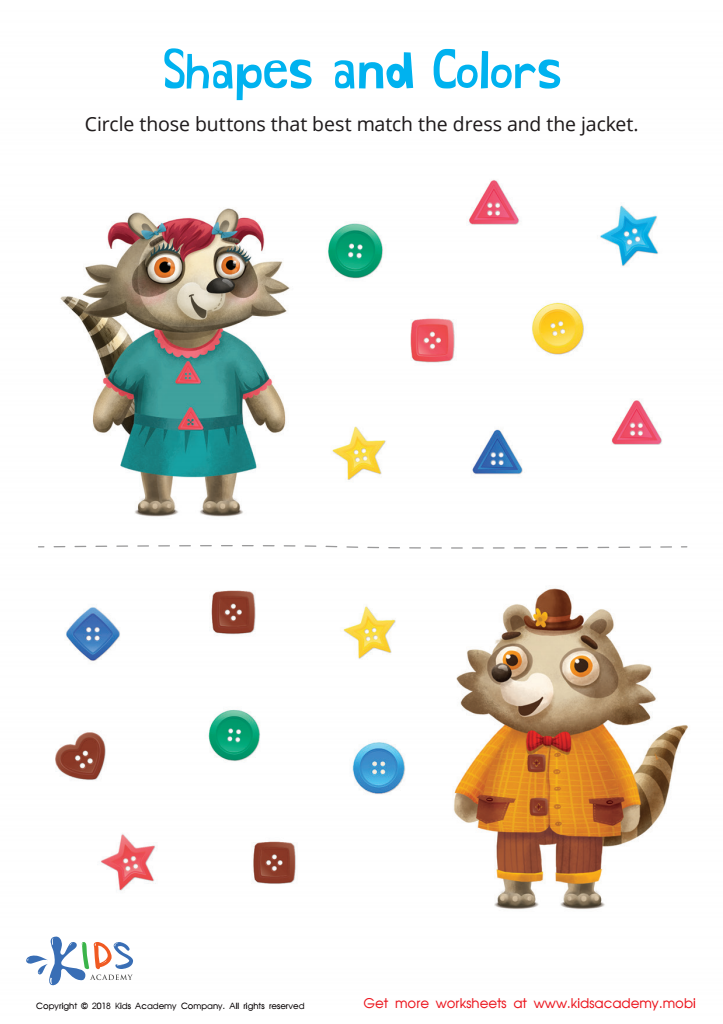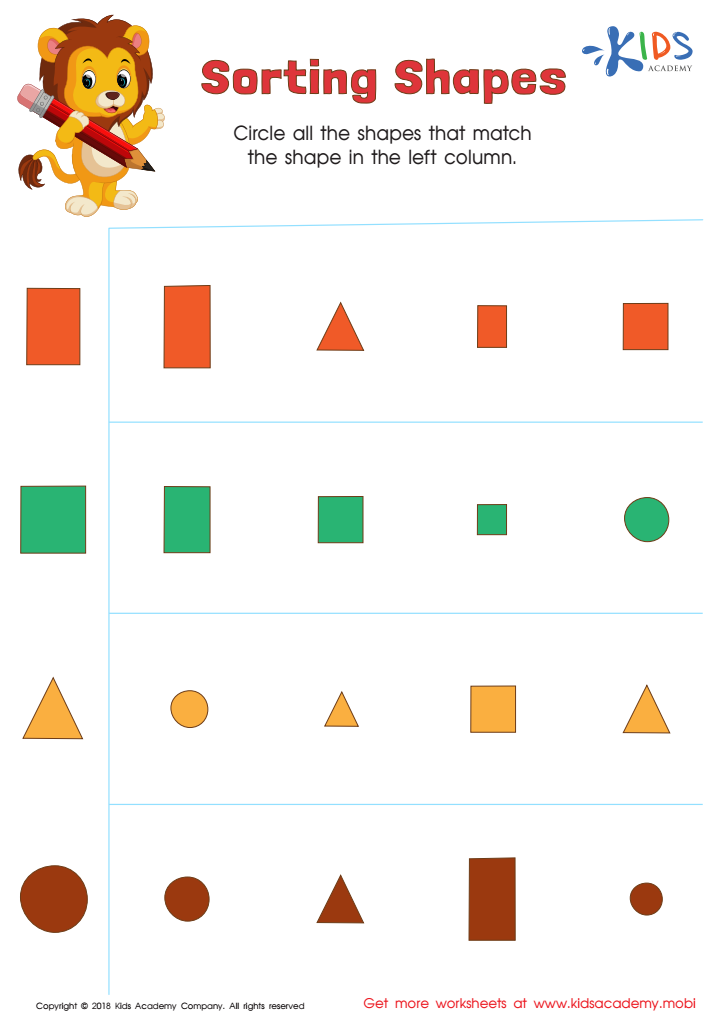-
English
-
English Pre-K
-
Unit 1: Early Literacy Skills
-
ABCs
- Pre-writing Activities
- Letter A
- Letter B
- Letter C
- Letter D
- Letter E
- Letter F
- Letter G
- Letter H
- Letter I
- Letter J
- Letter K
- Letter L
- Letter M
- Letter N
- Letter O
- Letter P
- Letter Q
- Letter R
- Letter S
- Letter T
- Letter U
- Letter V
- Letter W
- Letter X
- Letter Y
- Letter Z
-
Phonological Awareness
- Rhyming Words
- Letter Sounds B, C, D, and F
- Letter Sounds G, H, J, and K
- Letter Sounds L, M, N, and P
- Letter Sounds Q, R, S, and T
- Letter Sounds V, W, X, Y, and Z
- Letter Sounds A, E, and I
- Letter Sounds O and U
- Beginning Sounds
- Matching Letters to Sounds
-
ABCs
-
Unit 2: Vocabulary
-
Common Words
- Sorting Words into Categories
- Color Words
- Verbs and Adjectives
-
Sight Words
- Sight Words 'I' and 'Can'
- Sight Words 'You' and 'Like'
-
Common Words
-
Unit 3: Print Awareness
-
Parts of a Book
- Working with a Book
- Spaces Between Words
- Text and Illustrations
-
Picture Books and Poems
- Picture Book Text Features
- Poem Text Features
- Signs and Labels in the Community
-
Parts of a Book
-
Unit 4: Reading Literature
- Questions About Stories
- Discussing Stories
-
Unit 5: Reading Informational Texts
- Retelling Details in a Text
- Questions About a Text
- Connections Between Events
- Text Features
- Describing Illustrations
-
Unit 1: Early Literacy Skills
-
English Pre-K
-
Math
-
Math for Pre-Kindergarten
-
Logic and Geometry
-
Matching and Sorting
- Same and Different
- Which One Is a Little Different?
- Objects That Go Together
- Sorting by Color and Size
- Sorting The Same Group in Different Ways
- Patterns
-
Shapes
- Shapes in Our Environment
- Naming Shapes Regardless of Size
- Making Shapes in Preschool
- Comparing Shapes
- Relative Positions
- Sorting Shapes
-
Matching and Sorting
-
Early Number Sense
-
Numbers 1–5
- Counting to 3
- Counting to 5
- Arranging Objects up to 3 Objects
- Arranging up to 5 Objects
- Writing Numbers 1–5
-
Numbers 1–5
-
Numbers up to 10
- Counting to 10
- Arranging up to 10 Objects
- Number 0
- Writing Numbers 6–10
- Breaking Down Numbers 6-10
-
Logic and Geometry
-
Math for Pre-Kindergarten
Sorting Shapes in Preschool
Sorting skills are some of the most foundational skills that preschoolers work to develop. As adults, we don’t realize how often we use these skills in our daily life. Sorting dishes, laundry, mail, papers from our children’s backpacks are all things that we do on autopilot. But young learners need to develop these skills through a variety of exposures and activities. Sorting is like an essential building block for many other skills such as:
- Recognizing that objects have attributes that make them different from one another
- Working memory—being able to hold on to an idea and build upon it
- Executive functioning skills—the ability to manage a task from start to finish
Before children know the names for objects and shapes, they are able to recognize the similarities and differences among them. Giving your child lots of practice exploring and then identifying shapes will help to foster their curiosity as well as develop their ability to compare things.
Modeling is always a great way to introduce and reinforce skills—think out loud as you look at items and describe how many sides they have as well as their shape. Modeling the fact that shape refers to certain characteristics and that color or position does not change the shape is something that can be confusing for kids, so make a point to choose objects with various colors.
This worksheet is a colorful way to develop your child’s ability to identify shapes and match them based on attributes. As your child works, encourage them to count the number of sides and corners that each shape has. Develop even more counting skills by counting all of the buttons together. Discuss the colors and the fact that a triangle is still a triangle even if it is a different color.
Shape Hunt: A fun way to practice these skills is to go on a shape hunt around the house. Show your child a shape and then see how many other objects they can find that are the same shape. Show them objects that don’t match, and ask them why they do not have the same shape. After you have gathered up many objects, mix them all together and sort them! Remember that mistakes are learning opportunities, so even if some items are sorted incorrectly, talk about it and revise the sorting as a team.
This activity asks your child to choose the correct shape in order to match it to the first shape. This is building their visual discrimination skills which are not only crucial to math, but also to literacy development as they begin to discriminate between letters and numbers. Encourage your child to explain why each shape does or does not match with the first shape. This will help to build their communication skills and mathematical vocabulary.
Sorting shapes is a fun and interactive activity for preschoolers and older children alike. It develops a wide range of thinking skills and it is a lot of fun. This foundational skill will keep both you and your child busy!
Check out the wide range of topics and activities that are available in our learning catalogue.
Nora Brown
Elementary Teacher



